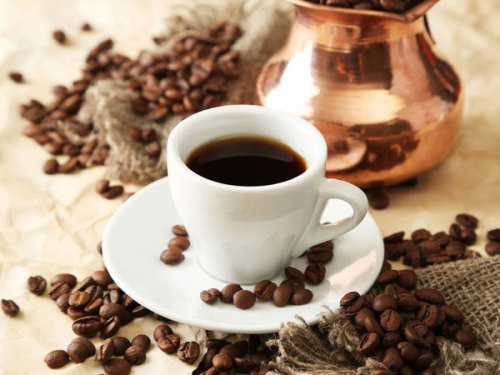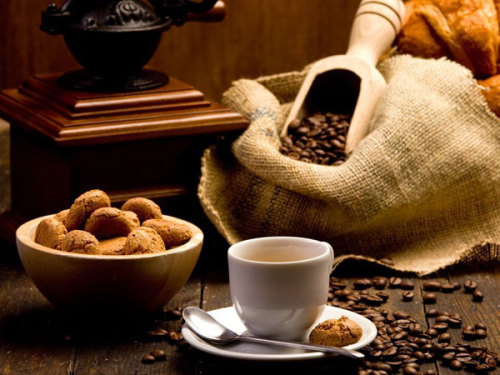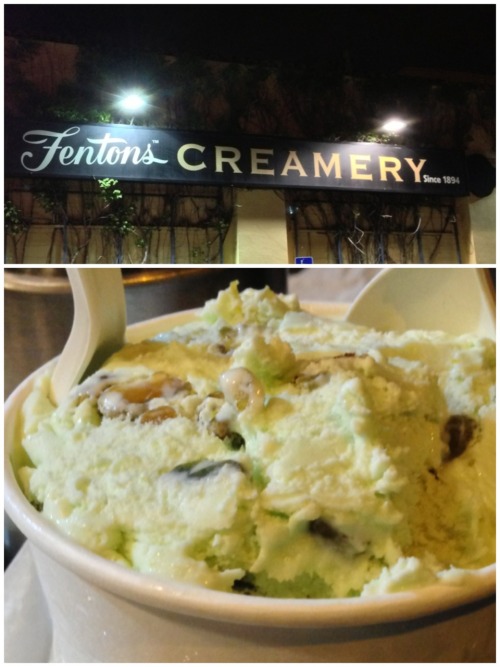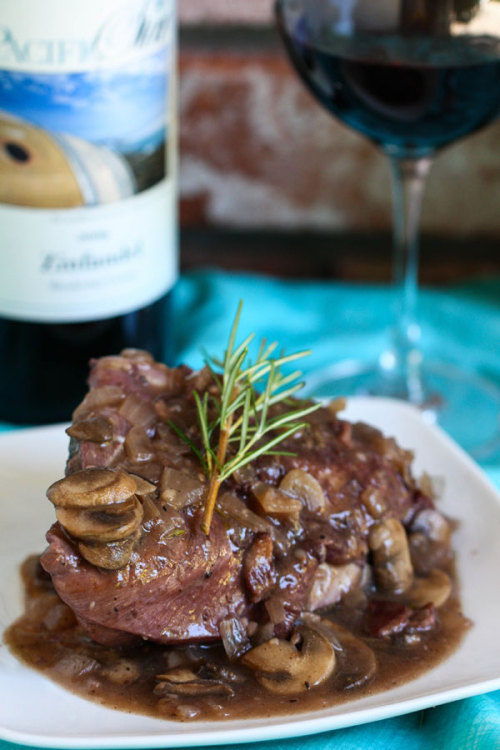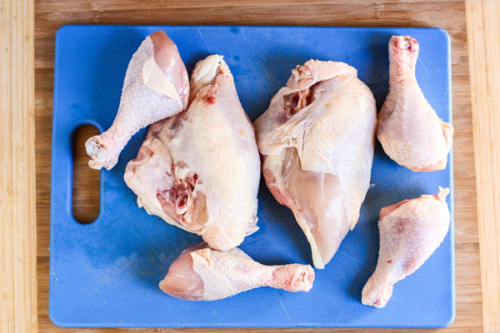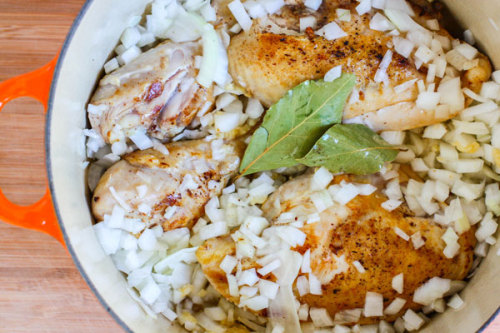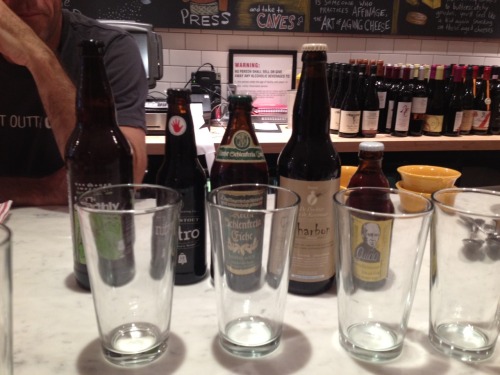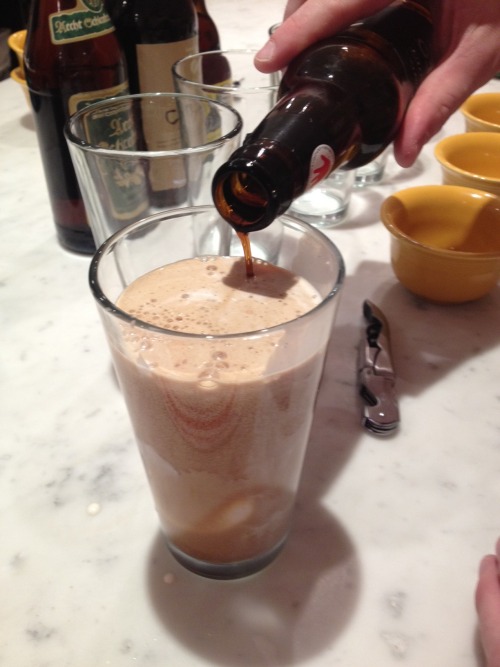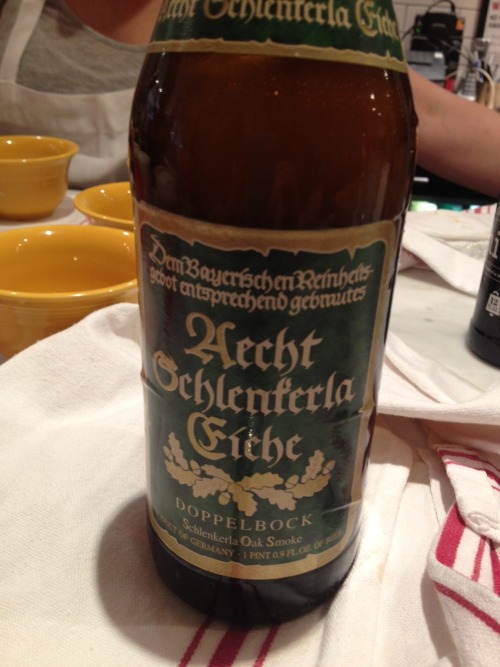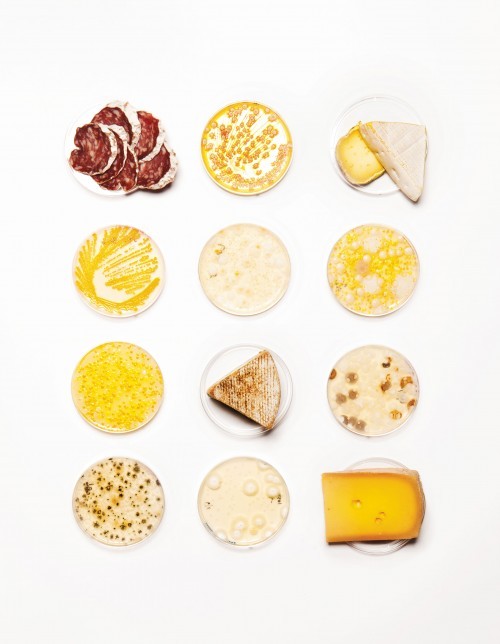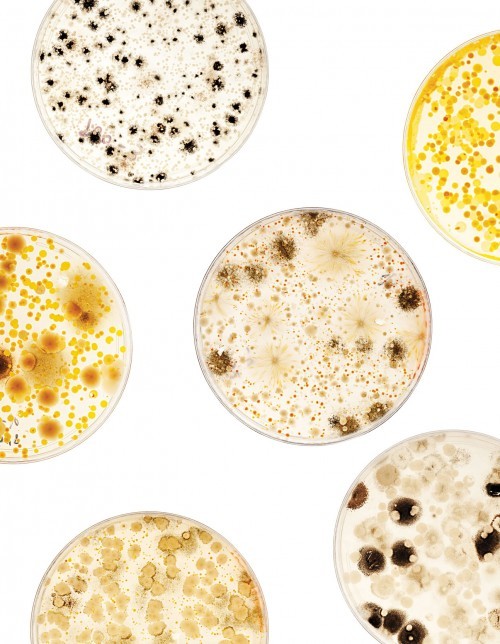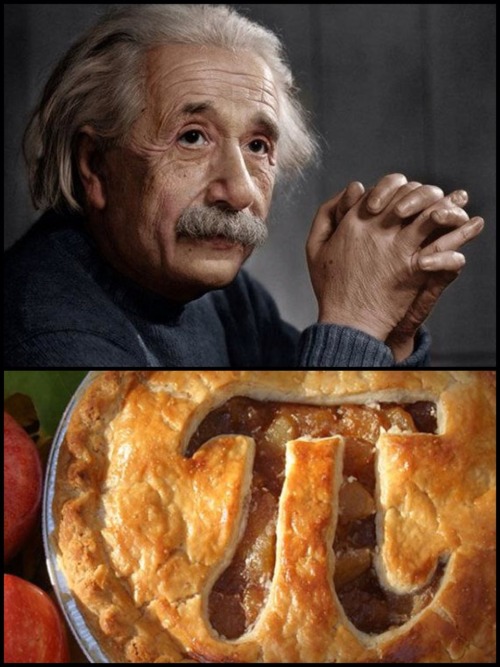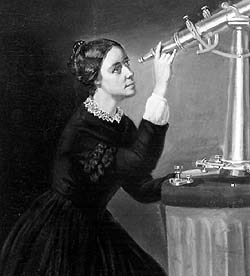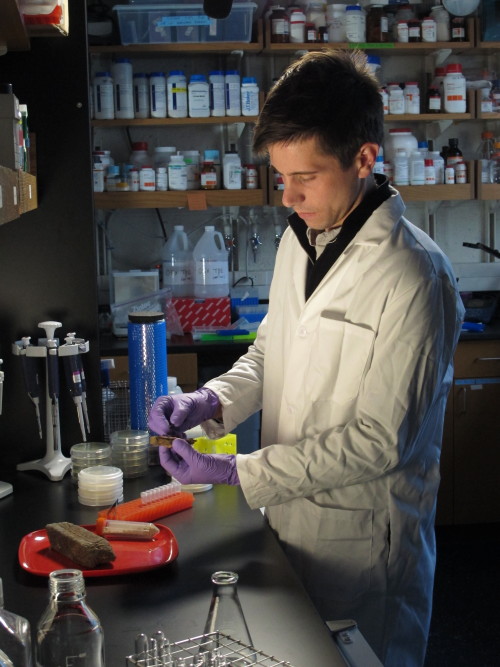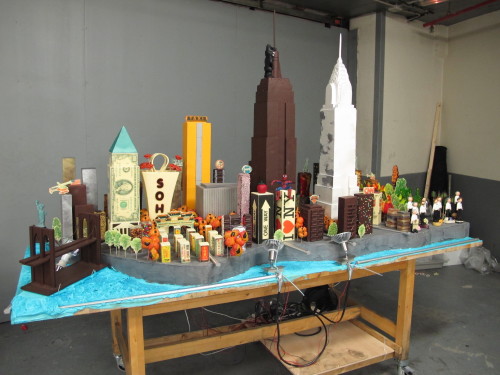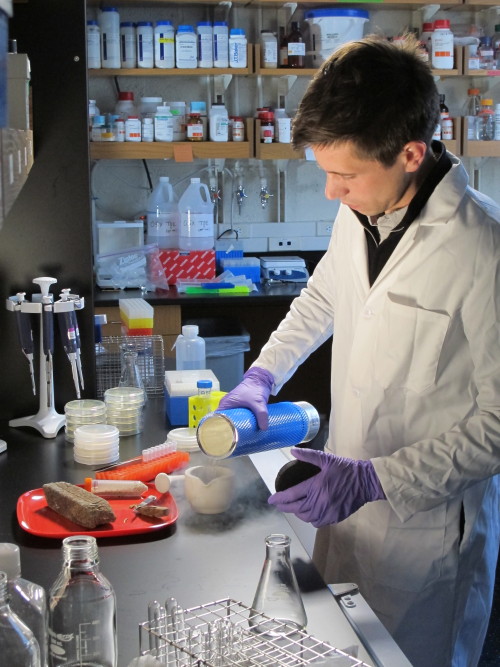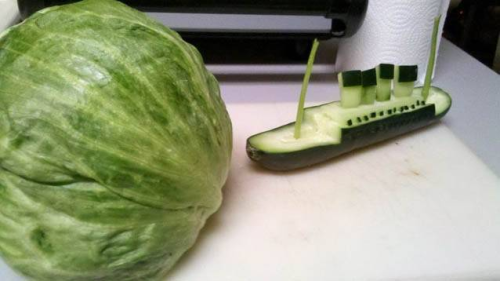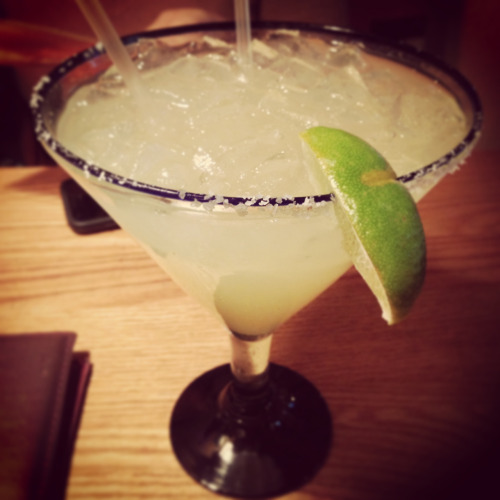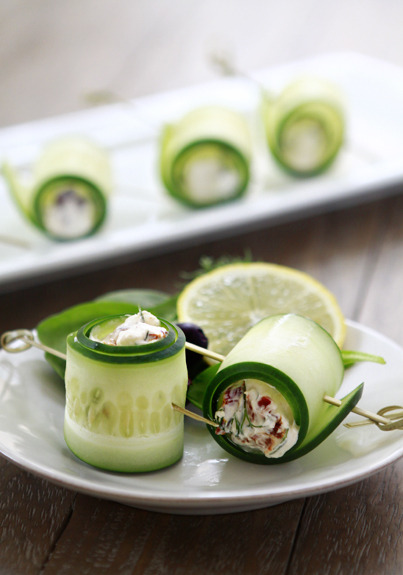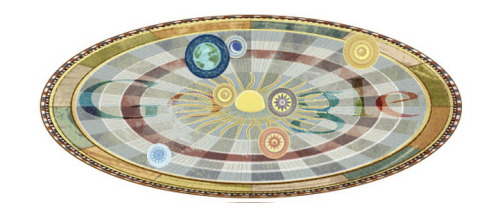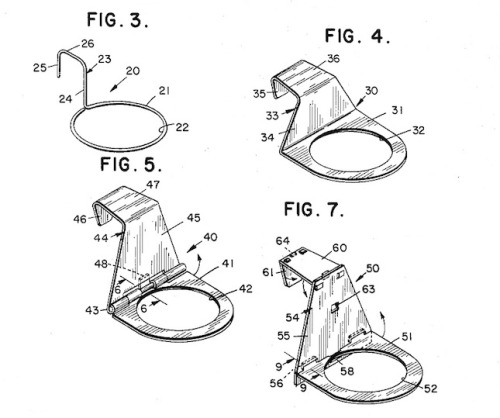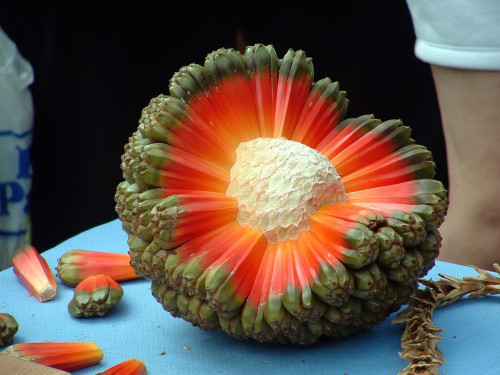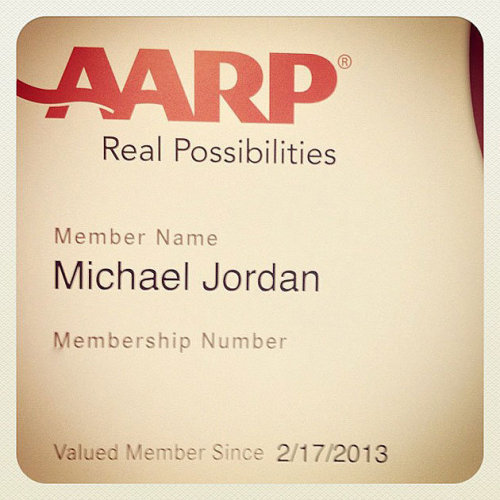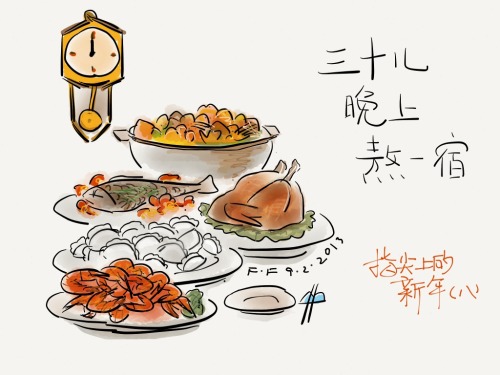
|
| Niner's Cucpakes: Strawberry flavor with Butter Cream frosting, decorated with SF tags, Footballs, and Red & Gold sprinkles |
It's the Super Bowl!! Well, this year is dubbed the "Harbowl" with the Harbough brothers coaching the NFC and AFC championship team.
What are your traditions for this event? Do you host or attend? Do you only care for the halftime shows? How about commercials? What foods do you eat?
OR do you go snowboarding instead?
For those who participate in the Super Bowl activities, here's some interesting facts about how much food is consumed--this is America's second biggest food fest, after Thanksgiving!
Chicken Wings
There may be concerns of a
chicken wing shortage,
but expect more than 1.23 billion wing portions to be consumed during
Super Bowl weekend. If those chicken wings were laid end to end, they
would stretch between the San Francisco 49ers Candlestick Park and the
Baltimore Ravens M&T Bank Stadium 27 times.
Ranch Dressing
Move over bleu cheese. Almost 57 percent of Americans who eat
chicken wings say they like to dip their wings ranch dressing, according
to a new National Chicken Council poll. Only about 35 percent go for
the bleu cheese dressing –unless you live in Northeast, where it’s
nearly 50 percent.
Pizza
Super Bowl Sunday is the busiest day of the year for pizza
restaurants, according to the National Restaurant Association. In fact,
chains Papa John’s, Pizza Hut and Domino’s will sell twice as many pies
as they do on any other day.
Potato Chips
Wings and pizza are the two most popular Super Bowl snacks, but
potato chips are close behind. Some 11 million pounds of chips are
expected to be consumed on Sunday, as well as an estimated 4 million
pounds of pretzels and 2.5 million pounds of nuts.
Avocado
Luckily avocado is
a Super Food,
because 69.6 million pounds of avocados are consumed on Super Bowl,
according to the Hass Avocado Board. Now, if you could avoid eating all
those chips --but they go sooo good together.
Popcorn
Get popping. Americans will eat about 3.8 million pounds of popcorn
while watching the big game, according to the Calorie Control Council.
If you skip the butter, it could be one of the day's healthiest snacks.
Hamburgers
The Super Bowl is second-biggest grilling weekend of the year --the
4th of July is first. Some 14 billion hamburgers will be served up at
parties across the country.
Source:
Shocking Super Bowl Food Facts
Happy eating! And Go Niners!!


